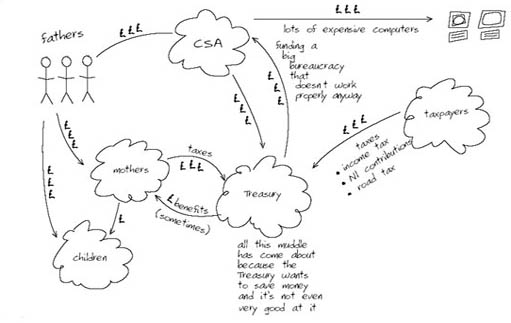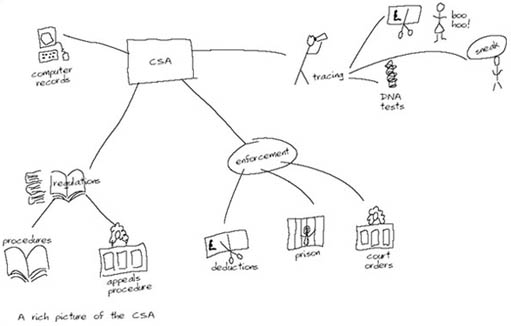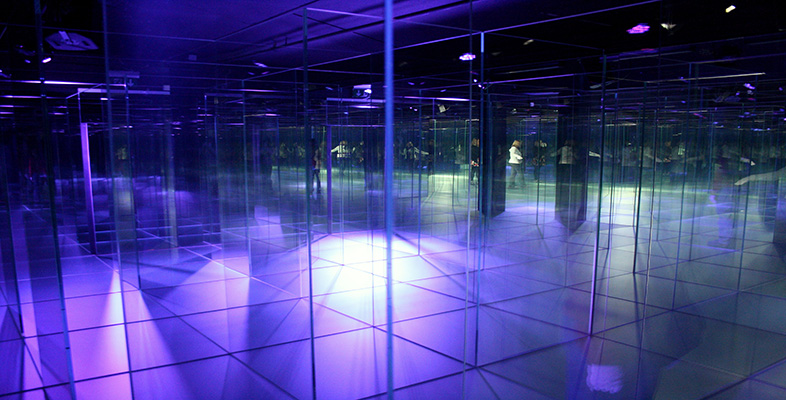7.2.5 Trap 5: the final version trap
Ironically, the biggest mistake you can make, having got this far, is to assume your picture is finished. New realisations will crop up. Add these to your picture as you appreciate more and more of the complexity.
So, the check for avoiding this trap is to ask:
Have I had any new insights about the complex situation since I last added something to this picture?
SAQ 1
List the main traps you can fall into when you draw a rich picture of a complex situation.
Examine the rich picture you have just drawn and identify any remaining traps in which your picture may be still be caught.
Answer
The main traps you can fall into are:
representing the problem, or your interpretation of the problem, and not the situation;
the impoverished picture trap – not including everything that seems important to, or related to, the situation;
including your own analyses, interpretations and structuring in the rich picture;
too many words; they can obscure or diminish the richness of the picture;
assuming the rich picture is the final version.
The rich pictures that follow give an indication of some common traps.
Figure 6 seems to me to fall into several traps. It is certainly impoverished; there are a lot more things that could, and should, have been drawn. In part, this impoverishment is due to the fact that the drawer has chosen to structure the picture in terms of money moving about, so anything that cannot be represented that way has been left out. The rich picture almost looks like a flow diagram for money. The picture also contains some rather superficial analyses by making judgements. The drawer might also have been alerted to this trap by the words that appear; there are quite a lot of them for such a simple picture.
This picture has also broken one of the rich-picture rules; it should have a title. Also, it does not include the drawer.

Figure 7 also seems to be rather impoverished. Lots of the situation is missing. The picture also seems to be an organisational chart of sorts. The lines seem to suggest it's a disguised representation of the activities of the CSA. Of course, those activities do need to be included, but to include the lines is an element of structuring that will get in the way of the eventual usefulness of the picture. The picture also suggests, by its central position and the spokes coming out of it, the CSA is somehow the problem, an interpretation that should not be there. The drawer might have spotted this trap as they gave the picture its title. The picture should be about the situation, not just components of it.
Like Figure 6, the drawer has forgotten to include themselves in the picture.

